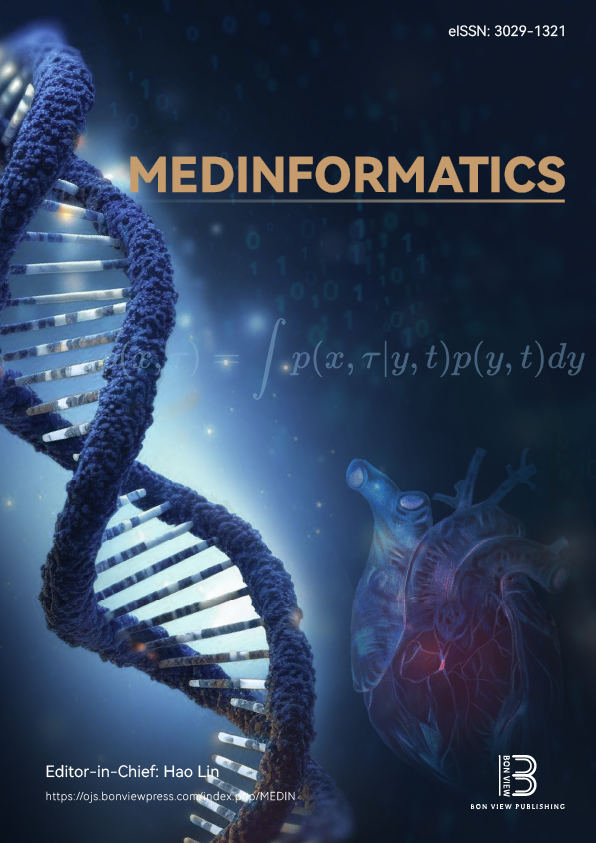An Artificial Intelligence Road Map to Unlocking Future Technologies and Transforming Radiology Practice
DOI:
https://doi.org/10.47852/bonviewMEDIN52026362Keywords:
artificial intelligence, road map, AI technologies, medical imaging, radiology, clinical practiceAbstract
Today, artificial intelligence (AI) is one of the hottest buzzwords in technology. It is at the center of the global technological revolution, envisaged to replace or enhance human capabilities in the coming times. With AI projected to be one of the major disrupting forces in the future, this article engages with several scientific sources to highlight the step-by-step progress made since the inception of AI from the Turing test to the much-celebrated ChatGPT’s (generative pre-trained transformer) launch, evolution in medical imaging (from early X-ray techniques to sophisticated AI-driven systems), and current research landscape, examining how AI gain can revolutionize radiology practice, while also pointing out pitfalls and future research directions. AI was found to be very useful across every aspect of the radiology work chain (diagnostic and therapeutic components all encompassing), such as scheduling and worklist management, image segmentation and classification, diagnosis, image measurement and assessment, image acquisition and reconstruction, and prediction. However, ongoing concerns were seen around cost, hardware limitations, data quality and quantity, bias, data privacy, training of users, transparency, and regulatory oversight. Several recommendations were then made to include extensive model training on large, diverse datasets/validation, creative research to address the black box phenomenon, AI integration with both virtual and augmented reality to improve models’ robustness, regular user trainings and interdisciplinary collaborations, and developing regulatory frameworks (on data governance, transparency, cybersecurity, ethical issues, and post-market surveillance). It is foreseen that concerned authorities, now thoroughly furnished with knowledge on the historical antecedents upon review of this article, will take the necessary action to address these concerns, putting into consideration AI strategy, AI engineering, stakeholders’ engagement, and regulatory/ethical concerns.
Received: 4 June 2025 | Revised: 12 August 2025 | Accepted: 12 September 2025
Conflicts of Interest
The authors declare that they have no conflicts of interest to this work.
Data Availability Statement
Data sharing is not applicable to this article as no new data were created or analyzed in this study.
Author Contribution Statement
Victor Chigbundu Nwaiwu: Conceptualization, Methodology, Software, Formal analysis, Investigation, Resources, Data curation, Writing – original draft, Writing – review & editing, Visualization. Sreemoy Kanti Das: Validation, Resources, Data curation, Writing – review & editing, Supervision, Project administration.
Downloads
Published
Issue
Section
License
Copyright (c) 2025 Authors

This work is licensed under a Creative Commons Attribution 4.0 International License.


